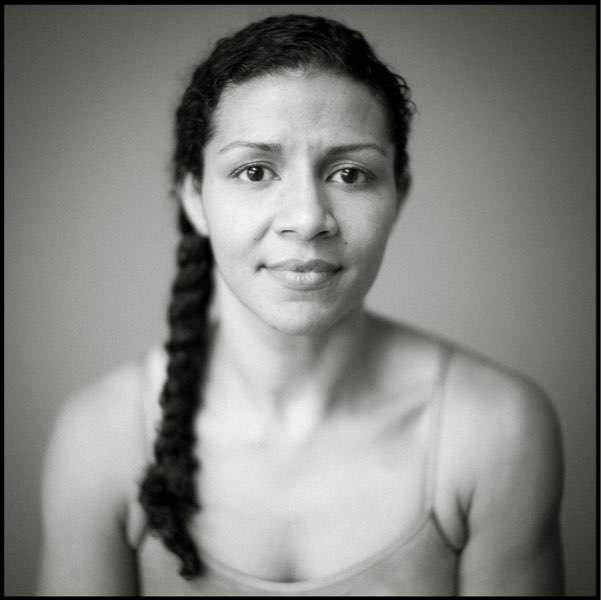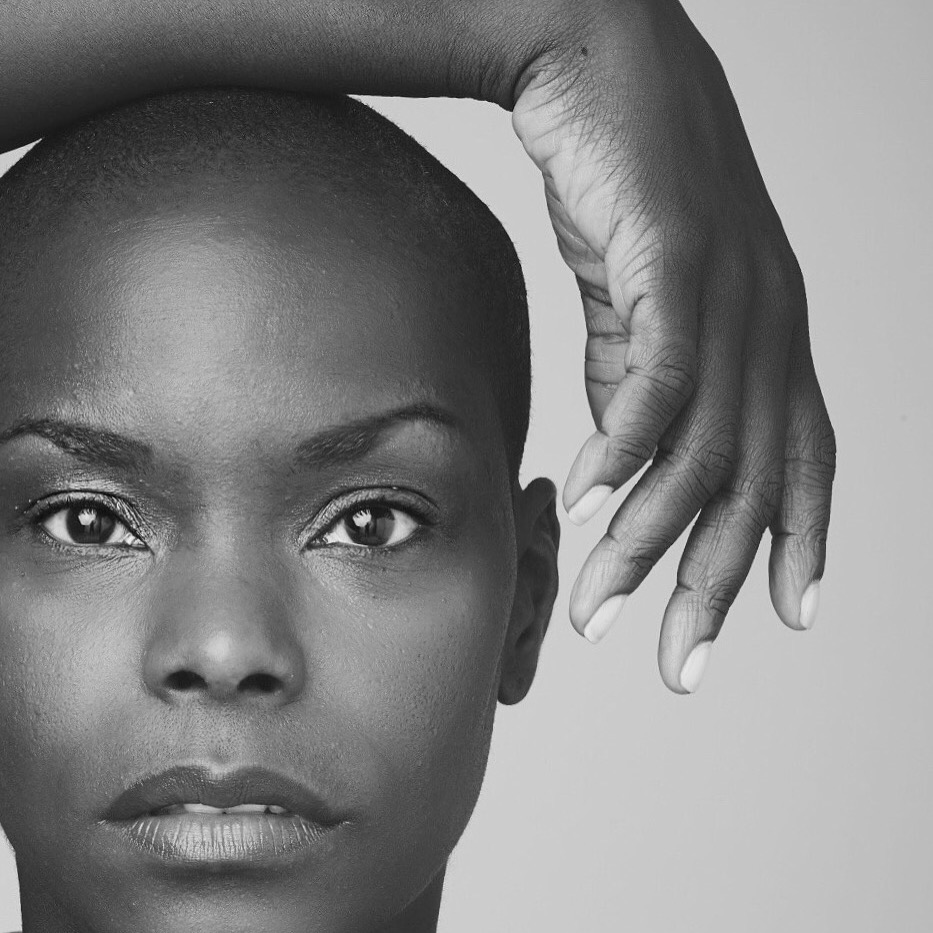The Many and Much: The Unarrival Experiments
UBW Choreographic Fellowship Candidate Ni'Ja Whitson (MFA, MFAW) shares insight into their book and performance project The Unarrival Experiments. Ni'Ja (L.A./NY) is a Bessie Award winning, gender noncomforming/trans interdisciplinary artist and writer who has been referred to as "majestic" by the New York Times and recognized by Brooklyn Magazine as a culture influencer. This post is the first in a five-part series of articles offering insight into the UBW 2018-2019 co-hort of choreographers redefining the world of dance today.
Ni’Ja Whitson / Photo Credit Scott Shaw
Storytelling was born to me.
In traditions and on precipices some Spirit, somewhere says, do, go, make:
we are waiting | | |
The Unarrival Experiments has led me to the stars.
It began with research into the Seminole Indians after learning about the existence of my great grandmother, a Black Indian root worker. Her name was Willie. I saw myself in the neutrality of the name, the healer who worked with herbs, a person between much and alongside many.
She was my proof of potentiality.
And of what is | | |
The maternal aunt who told me about her died a few years later, and I later circled back to her, my great grandmother, and my lamentation on the absence of elders in my family.
Thyme. Efun. Turmeric. Sage. Cayenne. Guinea Pepper. White Willow. Squawvine.
I cannot find their body. Cant find where the disappeared and fractal become made.
Willie refused | | |
As I tried to conjure Willie’s presence, they would not materialize to me in body or gender.
Willie managed to be both distant and up close.
Like the cosmos, like the body: an astral transmogrifier. Me.
the lines
the lines
the lines
the lines the
lines the lines
the
lines the
lines
the lines
the lines
I’m developing The Unarrival Experiments as a book and performance project of the same name. Both are radical experiments, guided by the voice of a body-less and genderless Spirit who has led me to explore technologies of what I’ve coined, “the vaporous body” and “refusing to become.” The text acts as a map and score experimenting with symbols, images, and words themselves as letters, pictures, and new visual language which together make sense of this healer. Willie speaks to and at the side of The Hunted: those Black Queer, Trans and Cis folk attempting to survive the historic
There is no place that is a body
That is mine/d
I saw you then
like I have seen all the others
soft fleshed and pickled with the insides of your mama
lungs begging
soul poised to effort a conscience
I pass between lives severing the moment of departure
in the room in the dark chambers that border dying and living
On each occasion
I lightning
I arrow
When you return early
I am restless
I make billows of madness
Create a dam from heartache
before the door of my face
I mourn the
reckless accumulation of voids.
...Black Queer, Trans and Cis folk attempting to survive the historic reckless accumulation of voids.
I turned to darkness | | |
Well… it turned to me in the way it turns all of us without our thinking or doing anything about it. In researching a work that has asked me to consider the possibility of nonmateriality as Being, I have looked to the stars as ancient wisdom on the matter. (no pun intended).
Dark matter and dark energy have offered an invitational to make work in and about darkness.
blackness
About a fantastical dark,
black
an expansive dark,
black
a spectrum of dark,
black
an architectural dark.
black
And thus, the body or the presences therein.
A grand Blackness | | |
The idea of making and remaking, rewinding wounds, becoming and refusing to become are ideas that I have experimented with through Black improvisatory practice, African indigenous spiritual intelligence, and Trans embodiedness. In interrogation of The Unarrival Experiments I’ve assembled a growing web of thinkers, astrophysicists, artists, musicians collectivized to dialogue, experiment, to construct creative and theoretical intelligences based on the writing. I call this convergence The Dark Matter Cypher, a collaboration model and practice that speaks to my love of Black musical traditions.
Fred Moten talks about the rewind as a Black aesthetic, tradition. A practice. He’s conjured here. Saidiyah Hartman and her writing on Aunt Hester’s scream are conjured here. I consider myself among the lineage of Aunt Hester’s scream. Hartman, Moten, and Aunt Hester, too, are in the Cypher.
I have invested in the embodied, multiplicitous languages of Black music for more than 15 years. I’ve been a performer and collaborator with jazz and creative musicians, a choreographer and activist working with turntablists. I’ve been listening to the choruses and the cords as spectral diffusion;
the melodies and woes,
they are my work’s spinal fluid.
I was raised in the 1980s so have built a practice from what hip hop offered me, a new lens to the blues. And these accumulating voids whether it be through murders at the hands of transphobic assailants, racist police, or AIDS are a new blues being sung by Black Queer and Trans people, Queer and Trans people of color everyday. I am called to make work about them. About us.
go
migration
move
body not place
bodies that migrate
but not place
places not
going with Them that
choose
to go
in
gender
in
body
In the room, in the gumbo, are many things. My background has always been interdisciplinary: my first MFA is in the visual arts and the second in creative writing, and all grounded in consistent embodied research in African Diasporic ritual and resistance forms. I’m proudly a titled capoeirista in capoeira angola, student and practitioner of African spirituality, thought, performance of the Yorúbà cosmology, wielder of herbal medicines.
I believe in making work that works
in, through, and on me.
And all those in the room.
Dark energy is the aspect of the universe /that early astronomers could not explain / Newton called it God / Nothing:/a shepherd into the densities / of God / Zero is not nothing / it is the unseeable / unknown / uncontainable light / a Black so Black [dark] it’s dark [Black] / “Inhomogeneities make / the universe possible” / Dark matter is the body / the stuff / the motion that precedes / thought / wherein matter exists / merely to make motion / actionable / thus, Blackness /is motion/Then matter / Time is the space / between / inactionable matter and motion/
all italicized text is excerpted from The Unarrival Experiments
*The 4% Universe: Dark Matter, Dark Energy, and the Race to Discover the Rest of Reality, Richard Panek
Special thanks to artist and writer Sharon Bridgforth for dramaturgical support with this article.










